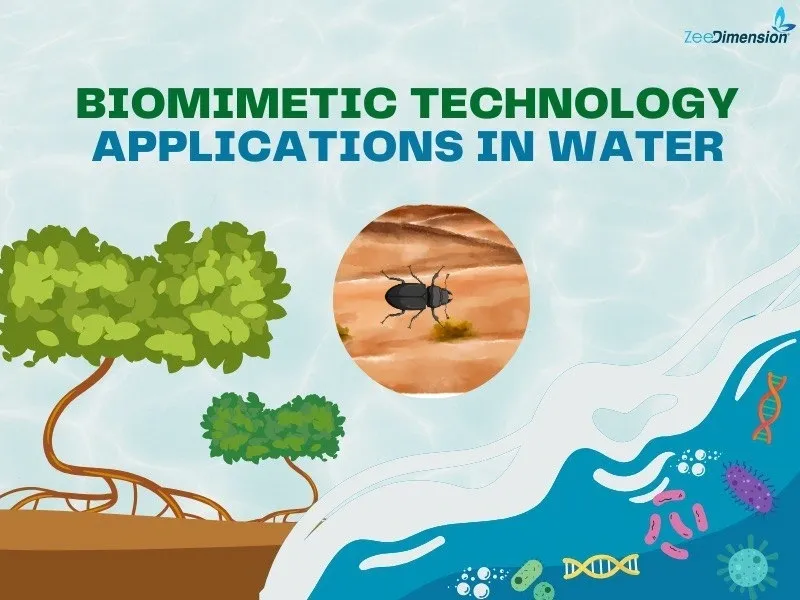
As the world’s water problems get worse, biomimetic technology is setting the standard for creative water solutions. Let’s examine how designs influenced by nature are changing the way that water is managed.
How can nature help us purify water more efficiently?
Nature offers several clever solutions for purifying water more effectively, with aquaporin-based membranes as a notable example. Aquaporins, natural proteins present in cell membranes, enable the fast and selective movement of water molecules while blocking other substances. By mimicking this natural filtration mechanism, researchers have created aquaporin-based membranes that greatly improve desalination and water filtration. These membranes enable rapid and efficient water passage, leading to reduced energy usage and enhanced overall purification efficacy.
📷
Can nature reduce the cost of desalination?
Mangrove trees flourish in salty environments by extracting salt through their roots. This natural desalination method has inspired the creation of specialized membranes that imitate the mangrove’s capacity to extract salt from seawater, offering a sustainable approach to generating fresh water.
📷
What if water systems could clean themselves?
Lotus leaves have a highly water-repellent surface, which causes water to form beads and roll off, carrying dirt and impurities away. This self-cleaning characteristic is being emulated in the development of water purification membranes to prevent fouling and sustain high efficiency over time.
📷
How do we harvest water in the driest places?
Harvesting water in the driest places is a significant challenge, but nature offers ingenious solutions. One of the most fascinating examples is the fog-harvesting system inspired by the Namib Desert beetle, fog-harvesting systems collect moisture from the air, providing fresh water in arid regions.
📷
How can we detect leaks before they become a problem?
Echolocation methods and self-healing materials, inspired by dolphins, may find and fix leaks in water systems.
📷
Can nature teach us better ways to distribute water?
Indeed, nature provides valuable insights for enhancing water distribution efficiency, with Among the more fascinating examples being capillary action in trees .instances being capillary action in trees. This natural phenomenon has sparked the creation of energy-efficient irrigation and effective water distribution systems, enhancing water utilization in agricultural and urban settings.
📷
Conclusion
Biomimetic technology is revolutionizing the way that the world’s urgent water problems are being addressed. We can create novel approaches to water harvesting, desalination, self-cleaning systems, leak detection, and distribution by taking inspiration from nature’s creative solutions. These environmentally friendly technologies not only promise increased sustainability and efficiency, but they also emphasize how important it is to take cues from nature. We are moving closer to a time when everyone has access to clean, potable water as we keep coming up with new ideas and putting these plans into action. We may have the best chance of preserving this important resource for future generations if we embrace biomimicry.







